Re-imagining athleticism
How our ideas about aging, health, ablebodiedness and disability shape the status of Masters rowing
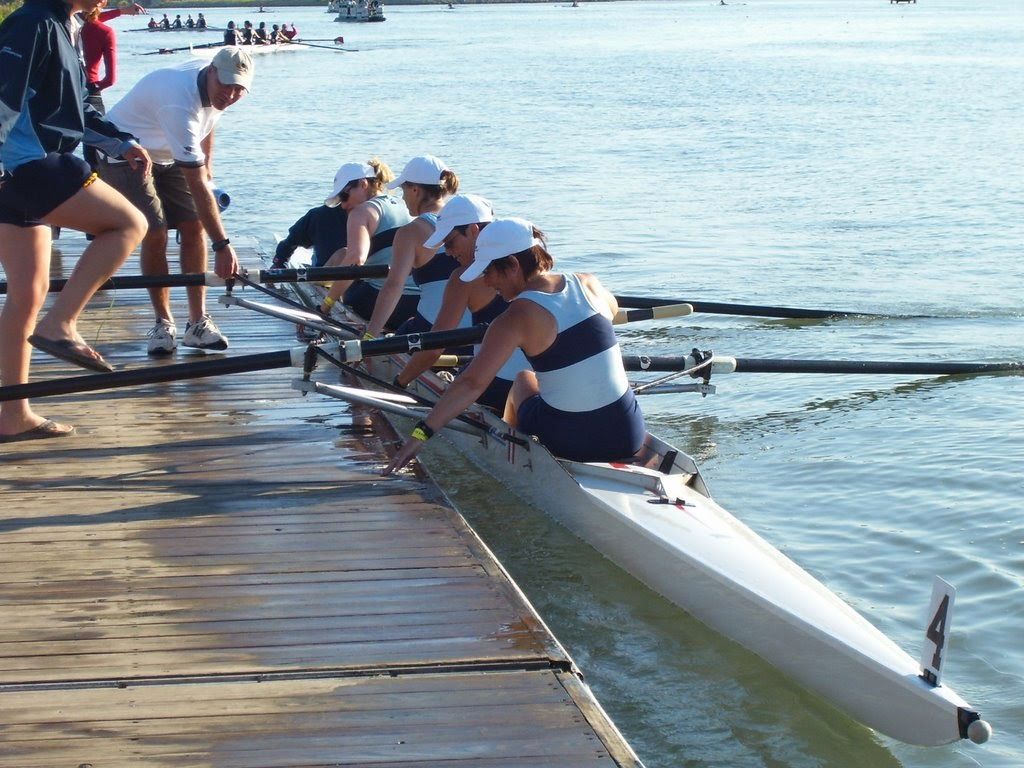
Masters may be one of the fastest growing sectors of rowing in Canada, but you would hardly know it.
@rowingcanada @purcer It’s depressing to see the posts about national masters championships, regional masters regattas, from around the world, but hear nothing from RCA about a Canadian Masters Rowing Championships, or a strategy to support and grow masters competition here!😢
— Jonathan Tyson (@JTHfxRow) May 10, 2019
In my own experience, access to coaching, to the water at preferred times, and to the better equipment can be a real struggle, even though our fees, along with those of the recreational rowers, often end up subsidizing the more prestigious competitive programs.
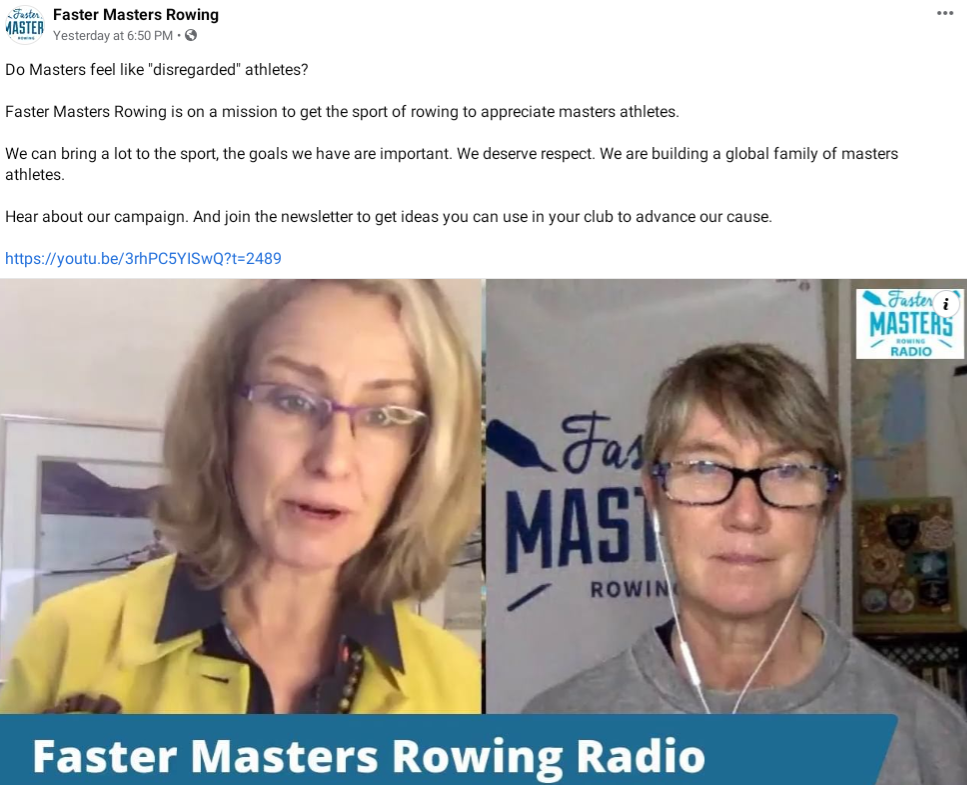
If we olds, like Rodney Dangerfield, are grumping about how we "don't get no respect," it's because at many a boathouse Masters are treated as somehow less than real competitors. This attitude lingers even as the fastest Masters these days are posting times that are FAST by any standard.
There are indeed many legitimate concerns about the quality of competition among Masters rowers in this country: the poorly-calibrated handicapping system, the pay-for-play aspect of most Masters events, and lack of a clear qualification path to championship events being foremost in my mind.
But the fact that Masters are older than the typical high performance athlete shouldn't be one of them.
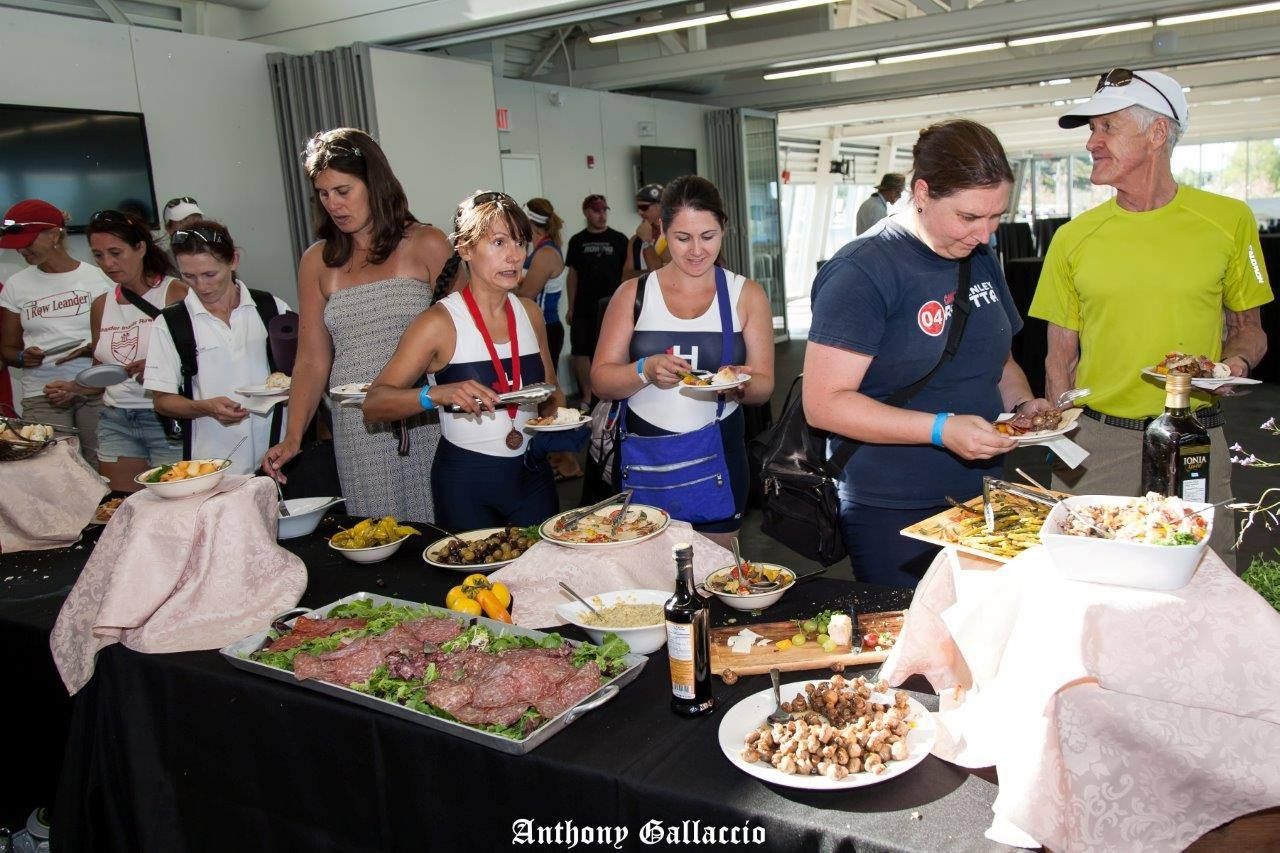
Nonetheless, I strongly suspect that the inescapable spectre of age-related declines in absolute physical ability is what underlies the vexed status of Masters rowing in this country, an issue I touched on in a previous post.
If being old--or at least past your physical prime--means you aren't a "real" athlete, what about being disabled? Or female?
Female rowers have attained nearly-universal acceptance over the last half century, although they have two fewer events open to them at the level of international competition than do men. Para-rowers now also have a secure foothold in high performance rowing, but exist in smaller numbers and can be more easily compartmentalized as a feel-good spectacle of Otherness ("oh how brave").
But Masters and their aging bodies are the unwelcome reminder in every rowing club that physical decline and even mortality itself are inevitable for even the most able-bodied. This is a form of difference that is more difficult to assimilate into current notions of athleticism.
The truth is, we don't yet have a well-defined sense of what kind of performance Masters rowers are capable of. In Alan Oldham's recent article on approaches to training for older rowers ("Training Through the Ages"), world champion Canadian sculler (and now coach) Michelle Darvill observes:
“We do not know a lot about the limits of what masters can do because they usually do not follow a high-performance plan and often do not have proper systems in place to maximize performance. There are many ways to circumvent a decline in performance that are still untapped.”
In the series I'm inaugurating with this post, I'm going to argue that the mild disdain, or at best, benign neglect, experienced by so many Masters rowers may be rooted in how health, ablebodiness, and disability are understood in rowing, as well as in sport and our larger culture more generally.
Part 1. The best and the rest: rethinking peak performance
US women's rowing team, all young and super fit. Flattened by Covid spread by 1 physio. It's not as simple as "I'm young, so I'll fine". https://t.co/9foRj9VaT6
— Catherine Riordan (@CathRiordan) August 3, 2020
The cluster of the covid-19 infections among the U.S. women's rowing team this past spring offers an interesting glimpse into the horror that elite athletes feel at the prospect of deconditioning. When 32 year-old Olympic medalist and world champion Emily Regan got sick, she described her decline in performance in telling terms:
She felt a sense of panic: she was used to training up to two hours straight and now she couldn’t even walk 20 feet without feeling like she would collapse. As she ramped up her workouts, Regan continued to feel faint and shaky and described her performance on the ergometer as “the pace of an average high school girl.”
Comparing your power output to that of a callow novice is a not uncommon expression of shame at a loss of conditioning among rowers. But only someone blinkered by a myopic focus on a gold medal standard would think that being able to erg at all in the grips of Covid-19 wasn't extraordinary in of itself.
High performance athletes like Regan tend to value above all the one metric they have been taught matters: high wattage. Their identity as athletes is contingent on progressively developing their strength, power, and endurance to the outer limits of what is humanely possible. Strong today, stronger tomorrow.
A regression, a loss of ability--even temporarily as it seems it was for Regan and the other women in her program--can be traumatic. Because they push their bodies so hard, almost every high performance rower experiences a career-interupting injury or illness at some point. But the stories we hear are always stories of recovery, of triumph over adversity, of coming back stronger than ever.
What remains in the shadows are the stories of permanent loss and irreversible decline. But for even the most dominant champions, the curve cannot move upward indefinitely. Age is a form of creeping loss of ability than not even the strongest can escape. Age reveals an unsettling truth: we are all temporarily able-bodied.
Masters rowing, with its age-based handicapping and event classifications is a recognition that at a certain point regression is inevitable. (The shorter distance, 1000m rather than 2K, is no real concession to age I would argue).

Loss of power, particularly between ages 50-60 and at 80+ can be especially difficult to process for those who began rowing in their youth. Their laments--and philosophical resignation to it--can be heard wherever Masters convene:
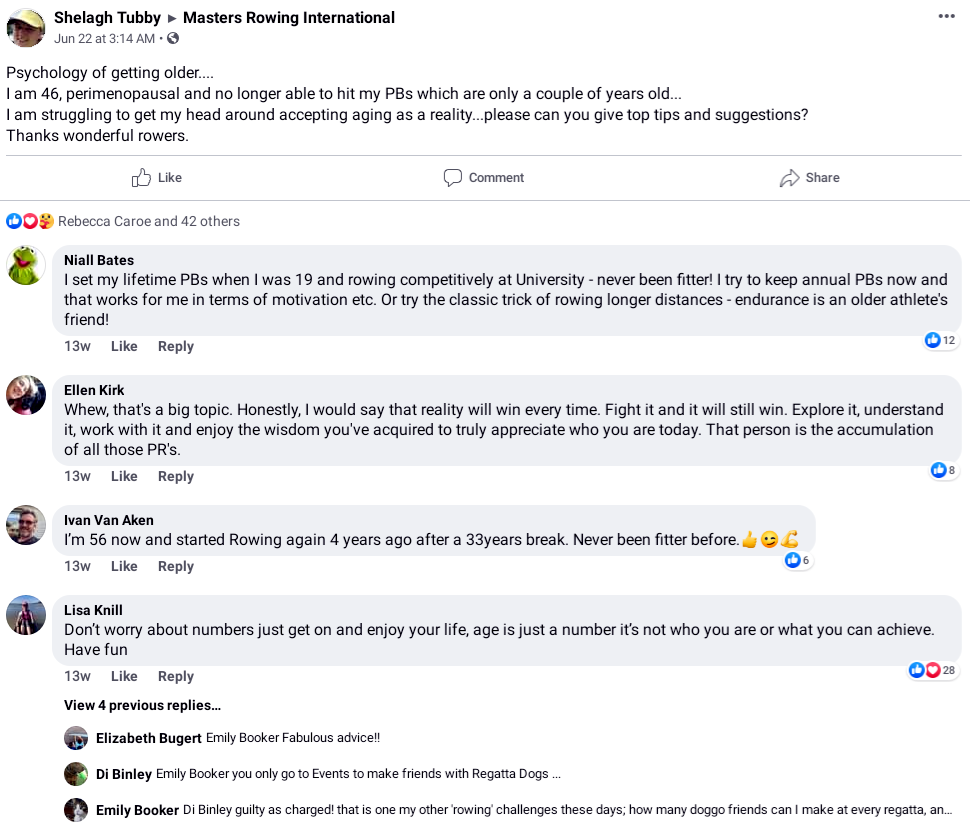
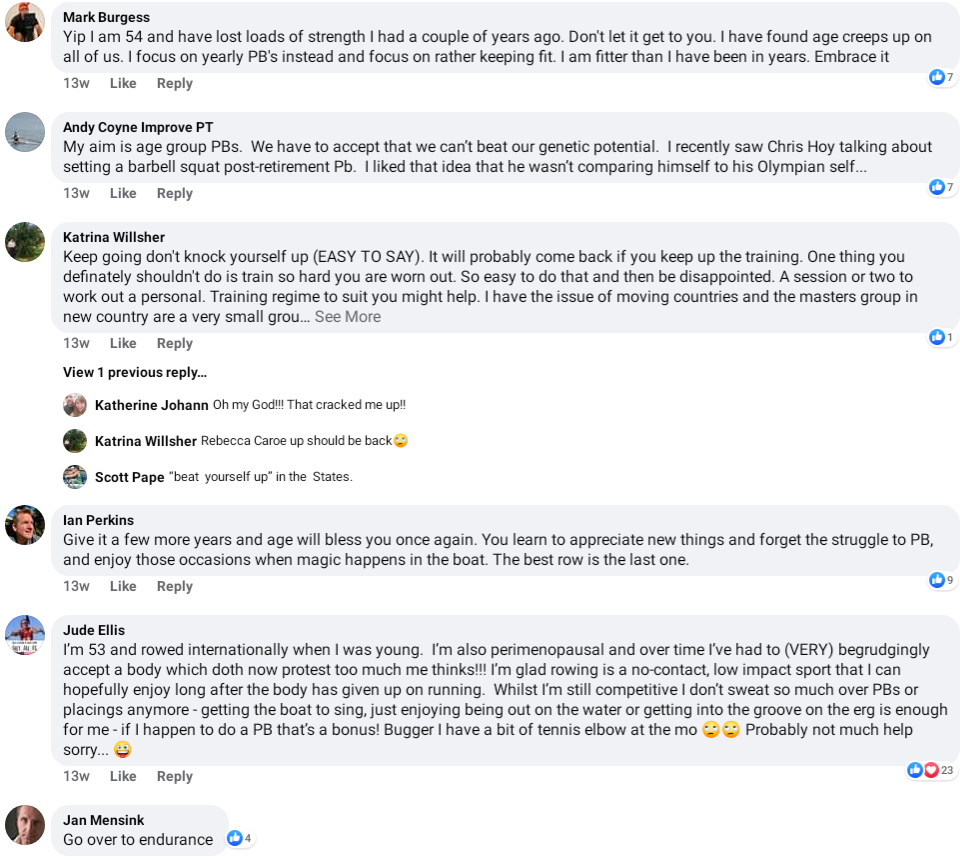
(This massive thread from the Masters Rowing International Facebook group shows the range of responses among Masters rowers themselves to the impacts of age upon performance.)
Let's put aside Masters for a moment to look at another kind of competitive rower that doesn't quite fit the paradigm of the typical high performance athlete.
In the spring of 2013, Canadian Paralympian rowing medalist Andrew Todd, was a week into tryouts for the ablebodied men's national team. But his trajectory as a prospect for the lightweight four was redirected by the school bus that hit him on while training on his bike.
After multiple surgeries to repair severe injuries, Todd was left with only partial strength in one of his legs.
“I tried not to think of it,” Todd, 26, said about his chance of making the national able-bodied team. “I can think all I want, but it’s not going to change anything. At the end of the day, it became a distraction. What could have been wasn’t helping where I happened to be now.”
Todd clearly resists the framing of his athletic identity in terms of loss. Yet typically his success as a para-rower is represented in media accounts as a "redemption" of his shattered ambitions, despite the fact that Todd seems to have viewed para-rowing as a "tool for recovery" and was again vying for a spot in the ablebodied lightweight four in 2017. (He returned to para-rowing after learning this race was to be cut from Olympic competition).
Elsewhere, Todd has spoken of the process of re-calibrating his sense of achievement, not just after the initial injury but in dealing with some significant health complications in the years following:
"I was comparing myself to where I used to be, prior to the accident, and that was tough at first, mentally, because obviously your body has gone through all these changes and it's really not fair to yourself to make that comparison and so I really tried to just start comparing myself to where am I at today, and where was I at yesterday."
Clearly, the changes that Todd experienced were sudden and traumatic rather than the gradual decline of aging. But his disciplined focus on "now" rather than "before" is also what characterizes "successful aging," as delineated by sociologist Mark Novak.

Those who can keep their attention on who they are becoming rather than what they were are likely to be most able to perform at their highest level.
If athletes like Todd offer an example of the more functional approach to a decline or significant change in ability, why isn't this attitude more widespread?
I believe that a widespread, casual ableism and distorted, perfectionist view of health shapes our ideas of sport and physical culture. I don't think it's simply ageism that makes Masters rowing an afterthought in this country; it's the unthinking embrace of a single standard of athletic excellence.
In the article about Masters-specific training strategies I cited above, Oldham observes that one-size fits all training programs (typically, regimes formulated for young competitive rowers) are often the template used for all types of competitive rowers, whether or not they are appropriate.

But by focusing on the need to individualize training to the athlete, what Oldham misses is why this one-size fits all training is so commonplace. Generally speaking, the prevailing template is modelled on whatever the fastest of the fast are doing.
Being an athlete may be simply a matter of being skilled at physical activity. But our notions of athleticism always lead back the same place. Faster, higher, stronger.
Peak strength and speed are associated with youth (and maleness). Although being the strongest and the fastest doesn't always translate into winning, this is the standard by which most elite athletes are judged. The best and the rest.
This widely held "common sense" notion means that even though we recognize some categories of difference--women's leagues and events, para-sport, weight classifications in some sports--even these are viewed by many as second best or worse. Women in professional sports like hockey and basketball are probably all too familiar with this phenomenon (as are lightweight rowers):
The women’s olympic teams regularly scrimmage high school and aaa teams and lose quite a bit. The worst player in the ECHL would run circles around the best woman players, and guess how much they make? 4-14k a year. People want to watch the best product, and womens hockey aint it
— Dakota Evans (@Dakotaevanss) August 19, 2020
This how women's sport, para-sport,and masters sports end up ghettoized to a greater or lesser extent, as special interests, in contrast to "real" sport.
Ironically, the boundaries of these "lesser" categories are policed quite fiercely: athletes that challenge our fixed notions of gender divisions or ablebodiness/disability are usually harshly condemned. They endanger the bubble by exposing the implicit contract that created them: 'here's a protected space for you who can't compete with the "real" athletes.' These categories aren't really about different version of athleticism, they are about inferiority to the standard set by young, ablebodied men.
Could this binary construct of "the best and the rest" be the consequence of also seeing ablebodiedness and disability, or health and illness, as a fixed opposites? Maybe we need to get beyond seeing bodies as either "normal" or "broken."
We have a false collective assumption that health is binary. Either we’re healthy, or we’re sick. If we’re sick, we should be fixed, so we can be healthy again. Otherwise if we remain sick, we’re broken, marginalized by society, and sometimes forgotten.https://t.co/UTObkhpXoW
— Jesse Hirsh (@jessehirsh) August 31, 2020
Perhaps the template for excellence looks different for different bodies. Perhaps we if we stopped centering our model of high performance on young, male elite athletes we would stop discounting the achievements of those who didn't make the cut or discarding the ones who have aged out of their glory days.
Part 2: Fit and female. What masters rowing owes to the rise of the female rower
